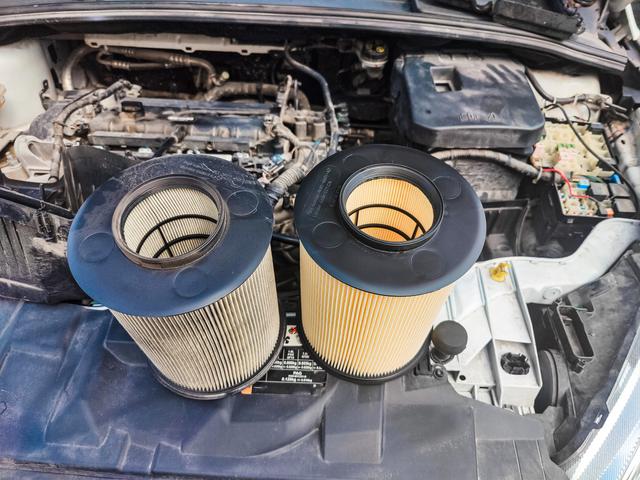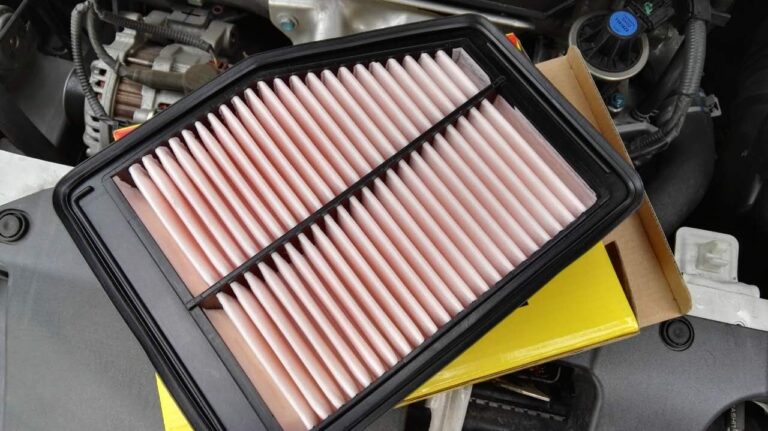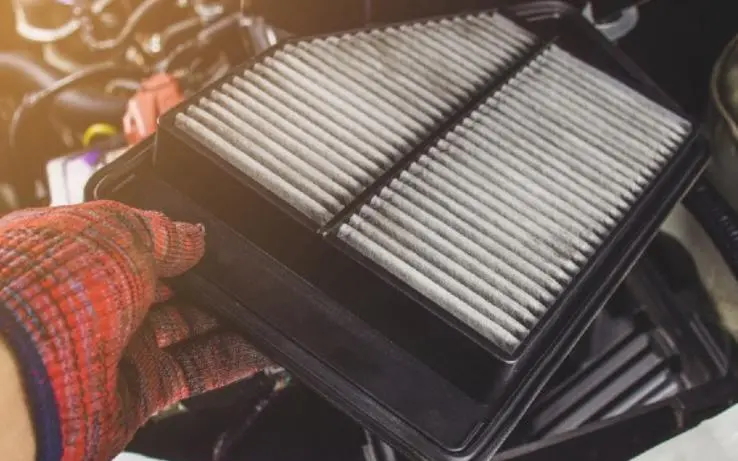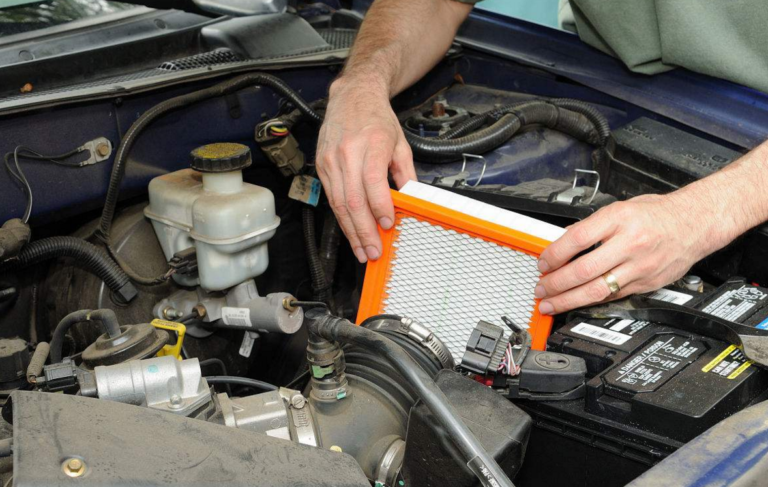How to tell if car air filter needs replacing?
The air filter is responsible for filtering the air entering the engine, preventing dust, impurities and other foreign objects from entering, thereby ensuring the normal operation of the engine. With the long-term use of the air filter, its filtering capacity will gradually decrease, resulting in poor engine air intake, increased fuel consumption, and even possible damage to the engine. Therefore, regular inspection and replacement of air filters is essential for vehicle maintenance. So, how to determine whether the car air filter needs to be replaced?
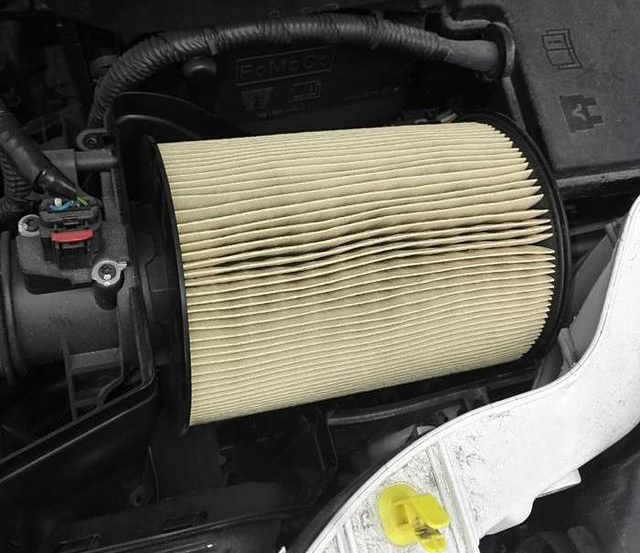
1.The role of the air filter
Before understanding how to judge whether the air filter needs to be replaced, we must first understand the specific role of the air filter in the car. The main function of the air filter is to filter the air entering the engine. The air usually contains a lot of dust, pollen, dirt and other tiny particles. If these impurities enter the engine cylinder directly, they will not only wear out the engine parts, but also affect the combustion efficiency, resulting in a decrease in power and an increase in fuel consumption. The existence of the air filter effectively prevents the entry of these impurities and ensures the normal operation and service life of the engine.
The air filter is generally made of filter paper or other fiber materials. Over time, more and more dirt will accumulate on the surface of the filter, thereby reducing its filtering effect. If not replaced in time, the blockage of the filter will cause insufficient engine air intake, which will in turn affect the combustion and emission performance of the engine.
2.Common indicators of when to change the air filter
1. Change interval in the manual
The air filter change interval varies for each vehicle, and the vehicle manufacturer usually gives the recommended change interval in the vehicle manual. Generally speaking, the car’s air filter needs to be changed every 15,000 to 30,000 kilometers, but this also depends on the specific driving conditions. If the vehicle is often driven in a dusty environment, such as rural roads or near construction sites, the life of the air filter may be greatly shortened.
2. Visually inspect the appearance of the filter
Regular visual inspection of the air filter is also an effective way to determine whether it needs to be replaced. Most air filters are installed in an easily accessible box in the engine compartment. You can open the air filter housing, remove the filter, and observe its surface. If you find that the filter is covered with dust, dirt and impurities, especially if the color of the filter changes from white or light yellow to dark gray or black, it means that the filter is clogged and needs to be replaced.
3. Abnormal engine performance
When the air filter is clogged, the engine’s air intake will decrease, directly affecting combustion efficiency, which in turn leads to a series of performance problems. If you feel the following while driving, it is likely that the air filter needs to be replaced:
1.Increased fuel consumption:
When the air filter is clogged, the engine cannot get enough air for complete combustion, resulting in increased fuel consumption. If you find that fuel consumption suddenly increases significantly, it may be that the air filter is not clean.
2.Lack of engine power:
Due to the blockage of the air filter, the engine intake is restricted, and there is insufficient air in the combustion chamber, and the engine’s output power will be affected. If you feel a lack of power or sluggish response when accelerating, a clogged filter may be one of the reasons.
3.Abnormal exhaust:
The blockage of the air filter will affect the engine’s combustion process, resulting in incomplete combustion, which may produce more black smoke. If you notice that the car’s exhaust pipe emits more black smoke, this may be a sign that the air filter needs to be replaced.
4. Warning lights on the dashboard
Modern cars are usually equipped with various sensors to monitor the operating status of the engine. If the air filter is seriously blocked, the engine’s air flow sensor may detect an abnormality and issue a warning through the engine fault light or air flow warning light on the dashboard. When you see such a warning light on, you should check and replace the air filter in time.
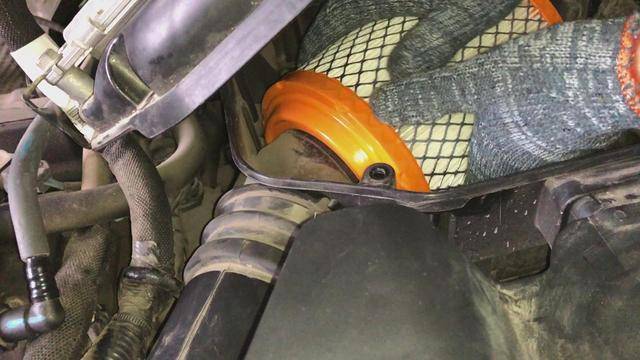
3. Factors affecting the life of the air filter
1. Driving environment
The life of the air filter is closely related to the driving environment of the vehicle. If the vehicle often drives on dusty rural roads, desert areas or cities with poor air quality, the air filter will clog faster than vehicles driving in a clean environment. On the contrary, driving in cities or highways with good air quality will have a relatively long service life of the air filter.
2. Driving habits
Driving habits are also an important factor affecting the life of the air filter. Frequent driving habits of sudden acceleration and braking will cause the engine to require more air in a short period of time, increasing the load on the air filter. If the driver maintains a stable driving, the load on the air filter is relatively small, and its service life will be extended accordingly.
3. Vehicle maintenance
The overall maintenance of the vehicle will also affect the life of the air filter. If other parts of the vehicle, such as the fuel system or exhaust system, fail, it may indirectly affect the working condition of the air filter. Therefore, regular comprehensive inspection and maintenance of the vehicle will help extend the service life of the air filter.
4. Steps for replacing the air filter
The process of replacing the air filter is relatively simple and most car owners can do it by themselves. Here are the basic steps for replacing the air filter:
1.Open the engine compartment:
First, make sure the vehicle is turned off and parked on flat ground, then open the engine hood.
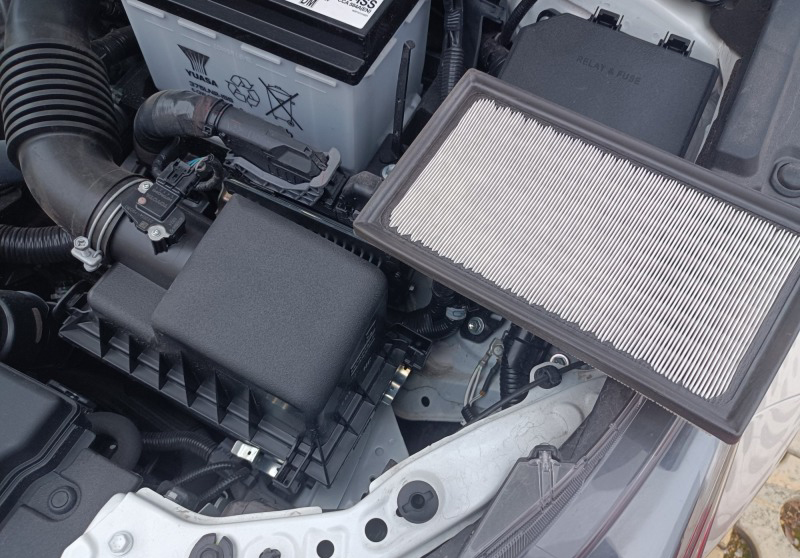
2.Find the air filter housing:
The air filter is usually located on one side of the engine compartment and is protected by a plastic or metal shell. By consulting the vehicle manual, you can accurately find the location of the air filter.
3.Take out the old air filter:
Loosen the clips or screws on the air filter housing by hand and carefully remove the old air filter.
4.Check the air filter housing:
Before installing the new filter, you can check whether there is dust or debris inside the housing. If there is, you can wipe it clean with a damp cloth.
5.Install the new air filter:
Put the new air filter into the housing, make sure it matches the housing, then reinstall the housing and secure the clips or screws.
6.Start the engine for testing:
After replacing the air filter, start the engine and check if there are any abnormal sounds or warning lights displayed to ensure that the filter is installed correctly.
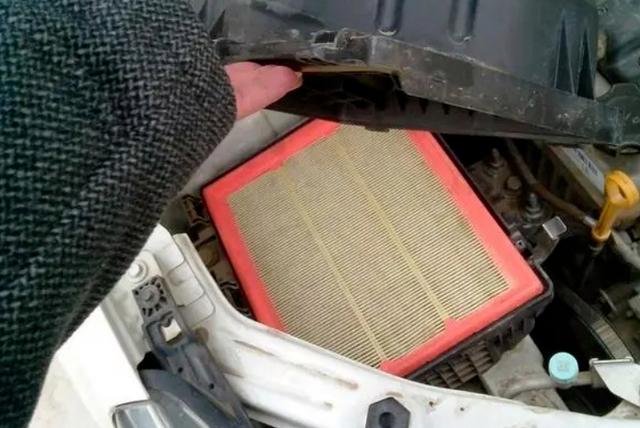
5. Conclusion
Regular inspection and replacement of car air filters is the key to keeping the engine running efficiently. By observing the appearance of the filter, monitoring the engine performance, and referring to the replacement cycle in the vehicle manual, you can effectively determine whether the air filter needs to be replaced. Good driving habits and regular vehicle maintenance can also extend the life of the filter. Regularly replacing the air filter can not only improve the fuel efficiency of the vehicle, but also effectively extend the life of the engine, making your driving experience smoother and more economical.

